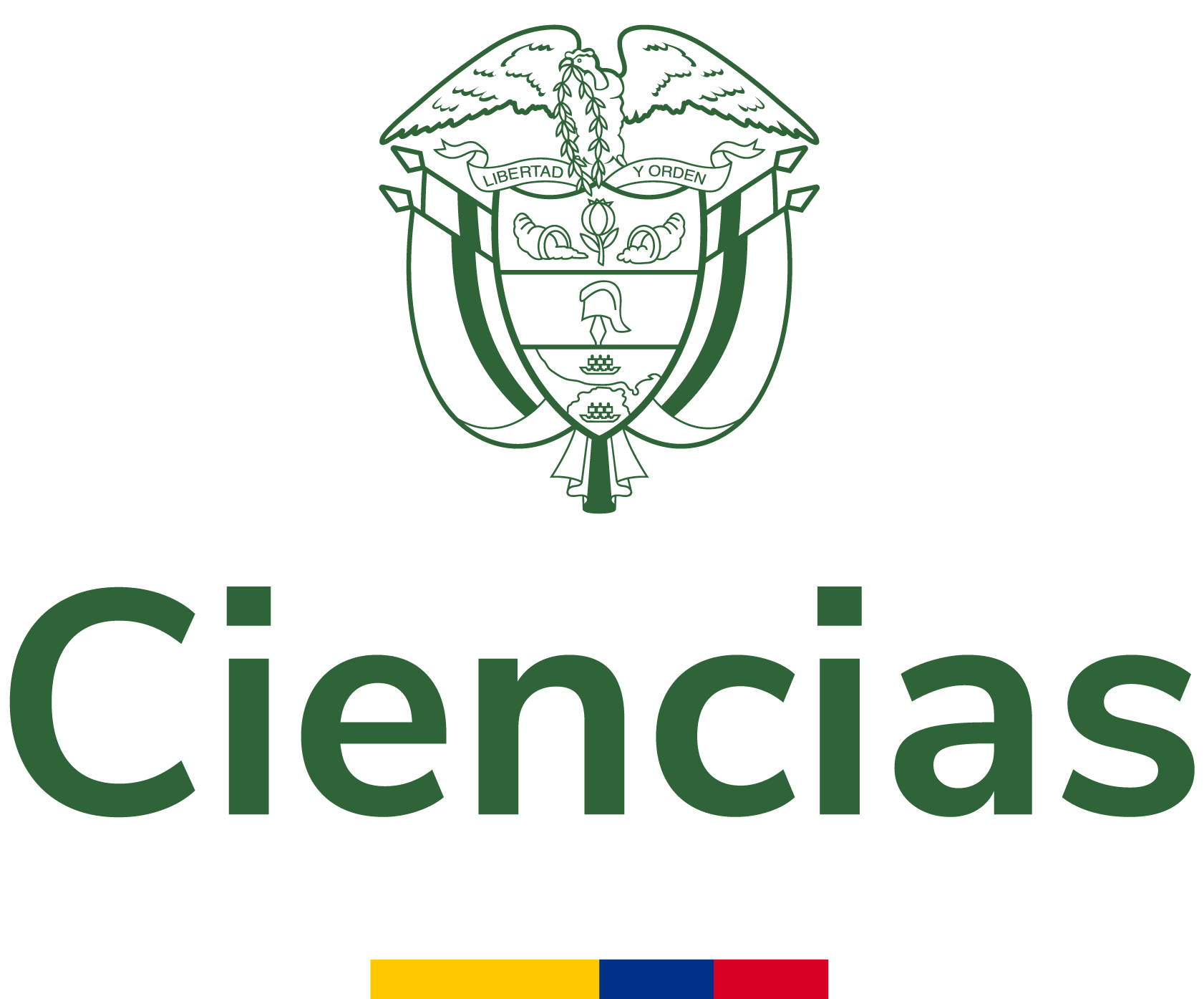Consideraciones ambientales para el diseño de productos.
This article shows the advantages of eco-designing and presents it as an alternative to minimize the impacts that products generate over environment. It also presents eco-designing as a group of tools and techniques that are available to analyse the products’ life cycle since resource extraction, un...
- Autores:
- Tipo de recurso:
- Fecha de publicación:
- 2021
- Institución:
- Universidad Católica de Pereira
- Repositorio:
- Repositorio Institucional - RIBUC
- Idioma:
- spa
- OAI Identifier:
- oai:repositorio.ucp.edu.co:10785/14623
- Acceso en línea:
- https://revistas.ucp.edu.co/index.php/paginas/article/view/2251
http://hdl.handle.net/10785/14623
- Palabra clave:
- Rights
- openAccess
- License
- Derechos de autor 2006 Revista Páginas
| id |
RepoRIBUC_a4a0dfdff0199773e14f534770e2edf8 |
|---|---|
| oai_identifier_str |
oai:repositorio.ucp.edu.co:10785/14623 |
| network_acronym_str |
RepoRIBUC |
| network_name_str |
Repositorio Institucional - RIBUC |
| repository_id_str |
|
| spelling |
Consideraciones ambientales para el diseño de productos.This article shows the advantages of eco-designing and presents it as an alternative to minimize the impacts that products generate over environment. It also presents eco-designing as a group of tools and techniques that are available to analyse the products’ life cycle since resource extraction, until its final disposition, or the end of its life cycle. Making emphasis on the limits of these resources’ use, should it count with the will of the stake holders that take part in the process.El artículo muestra las bondades del eco-diseño y lo presenta como una alternativa para minimizar los impactos que generan los productos sobre el medio ambiente. Así como un conjunto de técnicas, herramientas y métodos disponibles para la evaluación del ciclo de vida de los productos, desde la extracción de los recursos, hasta la disposición o finalización del ciclo de vida del mismo. Se hace un especial énfasis en las limitaciones del uso de éstos recursos si no se acompaña de la voluntad de los actores que intervienen en el proceso.Universidad Católica de Pereira2023-08-30T00:29:55Z2023-08-30T00:29:55Z2021-02-12Artículo de revistahttp://purl.org/coar/resource_type/c_6501http://purl.org/coar/version/c_970fb48d4fbd8a85info:eu-repo/semantics/articleinfo:eu-repo/semantics/publishedVersionhttp://purl.org/coar/resource_type/c_2df8fbb1application/pdfhttps://revistas.ucp.edu.co/index.php/paginas/article/view/2251http://hdl.handle.net/10785/14623Revista Páginas; Núm. 74 (Mar., 2006); 171-1840121-1633spahttps://revistas.ucp.edu.co/index.php/paginas/article/view/2251/2085Derechos de autor 2006 Revista Páginashttps://creativecommons.org/licenses/by-nc/4.0/deed.es_EShttps://creativecommons.org/licenses/by-nc/4.0/deed.es_ESinfo:eu-repo/semantics/openAccesshttp://purl.org/coar/access_right/c_abf2Morales Ledesma, Patriciaoai:repositorio.ucp.edu.co:10785/146232025-01-27T17:59:11Z |
| dc.title.none.fl_str_mv |
Consideraciones ambientales para el diseño de productos. |
| title |
Consideraciones ambientales para el diseño de productos. |
| spellingShingle |
Consideraciones ambientales para el diseño de productos. |
| title_short |
Consideraciones ambientales para el diseño de productos. |
| title_full |
Consideraciones ambientales para el diseño de productos. |
| title_fullStr |
Consideraciones ambientales para el diseño de productos. |
| title_full_unstemmed |
Consideraciones ambientales para el diseño de productos. |
| title_sort |
Consideraciones ambientales para el diseño de productos. |
| description |
This article shows the advantages of eco-designing and presents it as an alternative to minimize the impacts that products generate over environment. It also presents eco-designing as a group of tools and techniques that are available to analyse the products’ life cycle since resource extraction, until its final disposition, or the end of its life cycle. Making emphasis on the limits of these resources’ use, should it count with the will of the stake holders that take part in the process. |
| publishDate |
2021 |
| dc.date.none.fl_str_mv |
2021-02-12 2023-08-30T00:29:55Z 2023-08-30T00:29:55Z |
| dc.type.none.fl_str_mv |
Artículo de revista http://purl.org/coar/resource_type/c_6501 http://purl.org/coar/version/c_970fb48d4fbd8a85 info:eu-repo/semantics/article info:eu-repo/semantics/publishedVersion |
| dc.type.coar.fl_str_mv |
http://purl.org/coar/resource_type/c_2df8fbb1 |
| status_str |
publishedVersion |
| dc.identifier.none.fl_str_mv |
https://revistas.ucp.edu.co/index.php/paginas/article/view/2251 http://hdl.handle.net/10785/14623 |
| url |
https://revistas.ucp.edu.co/index.php/paginas/article/view/2251 http://hdl.handle.net/10785/14623 |
| dc.language.none.fl_str_mv |
spa |
| language |
spa |
| dc.relation.none.fl_str_mv |
https://revistas.ucp.edu.co/index.php/paginas/article/view/2251/2085 |
| dc.rights.none.fl_str_mv |
Derechos de autor 2006 Revista Páginas https://creativecommons.org/licenses/by-nc/4.0/deed.es_ES https://creativecommons.org/licenses/by-nc/4.0/deed.es_ES info:eu-repo/semantics/openAccess http://purl.org/coar/access_right/c_abf2 |
| rights_invalid_str_mv |
Derechos de autor 2006 Revista Páginas https://creativecommons.org/licenses/by-nc/4.0/deed.es_ES http://purl.org/coar/access_right/c_abf2 |
| eu_rights_str_mv |
openAccess |
| dc.format.none.fl_str_mv |
application/pdf |
| dc.publisher.none.fl_str_mv |
Universidad Católica de Pereira |
| publisher.none.fl_str_mv |
Universidad Católica de Pereira |
| dc.source.none.fl_str_mv |
Revista Páginas; Núm. 74 (Mar., 2006); 171-184 0121-1633 |
| institution |
Universidad Católica de Pereira |
| repository.name.fl_str_mv |
|
| repository.mail.fl_str_mv |
|
| _version_ |
1844494684455436288 |






